Oweynagcat – the cave of Cruachan Oude landelijke nederzetting
Details
Cruachain, or Cruachan, is one of the most important ancient sites cited in Irish literature and history. It was a place of assembly and the burial ground for many Irish kings. It was also used as a site for ritual gatherings and ceremonies and probably it was also the residence for some of the kings. Cruachain is a large area of about 10 square kilometres and includes 19 enclosures, 27 burial mounds, pillar stones and standing stones and some other earthworks. Some of them are still clearly visible in the landscape, others have been flattened or erased by the human activities over the centuries and can be detected only by an aerial inspection.
Cruachain appears in the Irish mythology as the seat of Ailill and Medb, respectively king and queen of Connacht in the Ulster Cycle. The site is the setting for the opening of the famous legendary tale of the Táin Bó Cúailnge.
The name Oweynagat means "the cave of the cats".
This small cave is under a small earthen mound and leads to a 50 metres long natural gallery which runs to the northwest. The mound has been mostly destroyed when the modern farm track was built, but 150 years ago it had been described as having a diameter of about 20 metres. Large stone slabs on the remains of the mound and around it are witnesses of the damages that this monument has suffered in the years.
The entrance of the cave faces southwest (245°) and is a lintelled passage down to a T-junction. To the right there's a short chamber. To the left there's a lintelled passage that, as it descends, turns into the natural gallery in the rocks.
The last lintel of the entrance passage is an ogham stone with characters on both lower edges and they read "VRAICCI...MAQI MEDVVI" which means "Fraech... son of Medb". Actually Fraech wasn't Medb's son, he was the husband of Findabair, daughter of Medb and Ailill.
This is, hence, another monument in the area of Cruachain linked to the tale of the Táin Bó Cúailnge.
Another ogham stone has been used as a lintel in the chamber to the right, but the inscription is much less clear.
Both ogham stones may date back to the 5th century AD, and likely they were part of an earlier structure nearby.
Apart from the the Táin Bó Cúailnge, this cave appears in several other tales and accounts and is very often associated with the Otherworld. According to the myths this cave is the entrance to the Otherworld, and evil and destructive animals came out of the cave to devastate the lands and kill people. Among these animals three cats are mentioned in the Fled Bricrenn, another mythological story of the Ulster Cycle, where three heroes, Conall Cernach, Lóegaire Búadach and Cú Chulainn, had to challenge these animals to be acknowledged as brave. Two of these cats feasted on the food that the first two heroes abandoned at the site, while Cú Chulainn confronted the third cat all night long in the attempt to behead it. These three cats apparently gave the name to this cave.
When we visited the site three cats came towards us. I gave them some food, two of them ate that food, the third one was much less friendly and went away. Doesn't that sound a bit like the epic story of the three heroes?
The natural gallery was damaged when an electricity pole was installed in the above ground and this caused the terminal section of the cave to collapse.
Landkaart
| Adres | Rathcroghan, Rathcroghan, Rathcroghan, Ireland |
|---|---|
| Website |
Stuur een email


Recente beoordelingen
Tags
Recente berichten
-

Ruin of Haitou
Stad: Yuanbaozhuang -

Loulan Ancient City
Stad: Yuanbaozhuang -

Fort
Stad: Yuanbaozhuang -

Ruin of Tuyin
Stad: Yuanbaozhuang -

Khara-Khoto
Stad: Dalain Hob -
Ancient city of Hefeng
Stad: Motge -

Bukhtarma Valley
Stad: Bergiel -
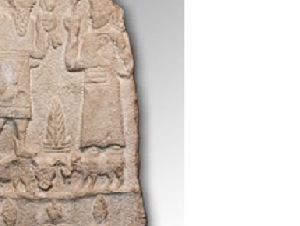
Relief, votiv stone or altar visible
Stad: gaziantep -
.jpg)
Vicus or canabae visible
Stad: gaziantep -

Temporary camp at Zavod
Stad: Dlhé Lúky -

Timna Valley
Stad: Elifaz -
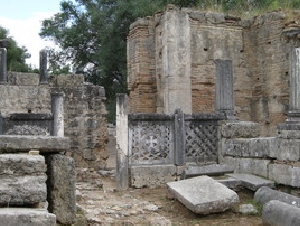
Workshop of Pheidias, Olympia
Stad: Archaía Olympía -
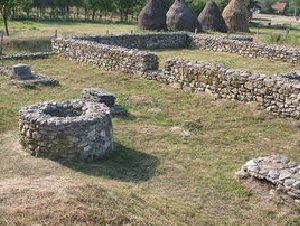
Glass workshop at Ulpia Traiana Sarmizegetusa
Stad: Sarmizegetusa -
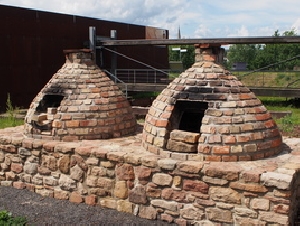
Vicus (Eisenberg)
Stad: Eisenberg -

Vicus 'Titelberg'
Stad: Lamadelaine -

Vicus Fectio
Stad: Vechten -
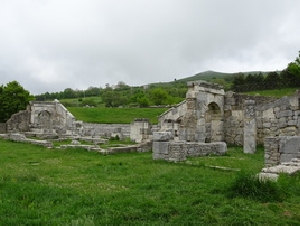
Theatre Bovianum Vetus
Stad: Pietrabbondante -

Theatre Romain de Calama
Stad: Guelma


